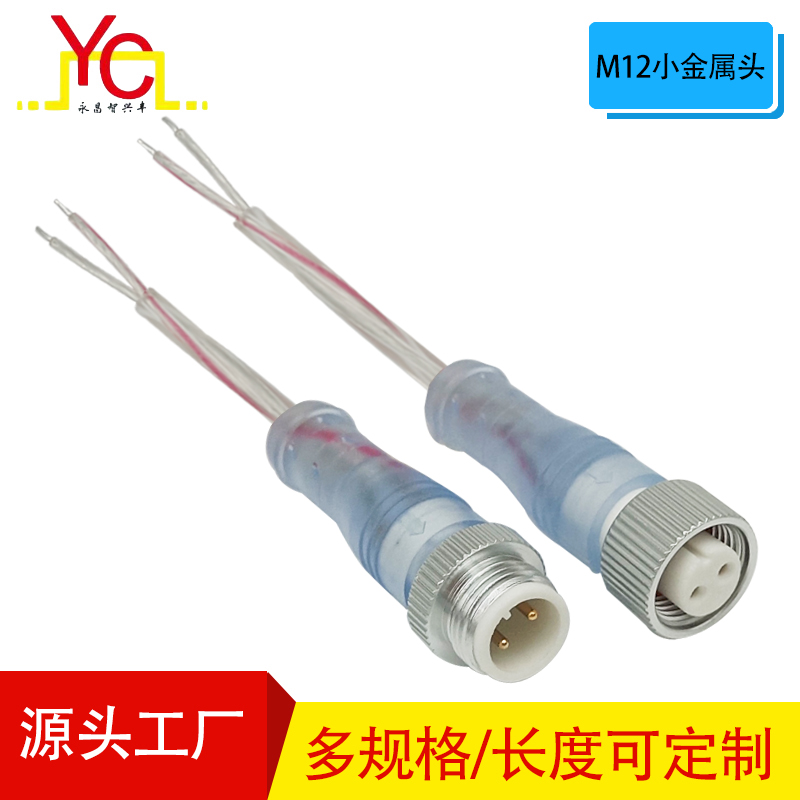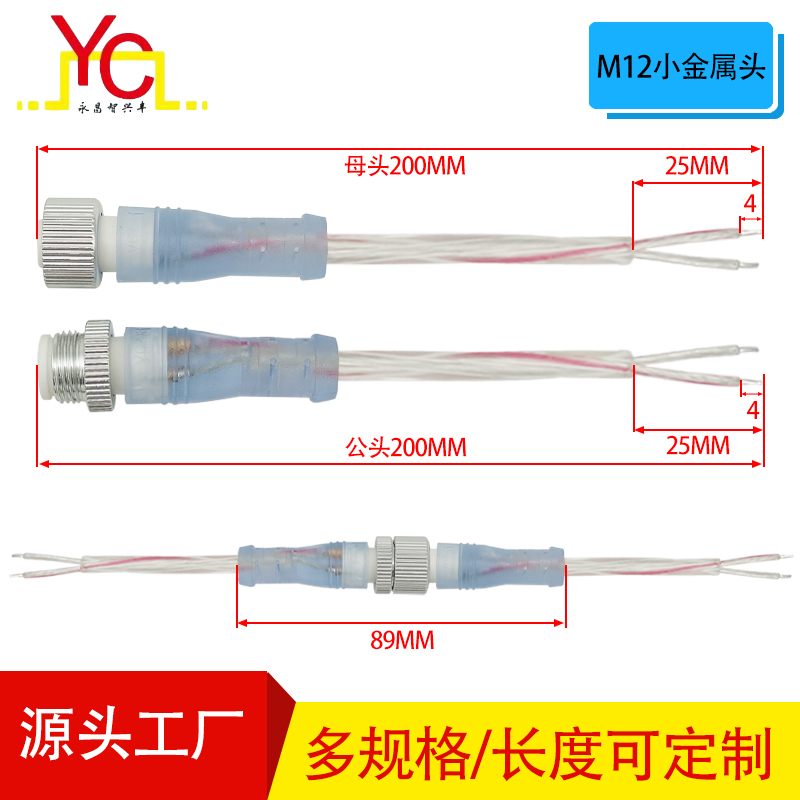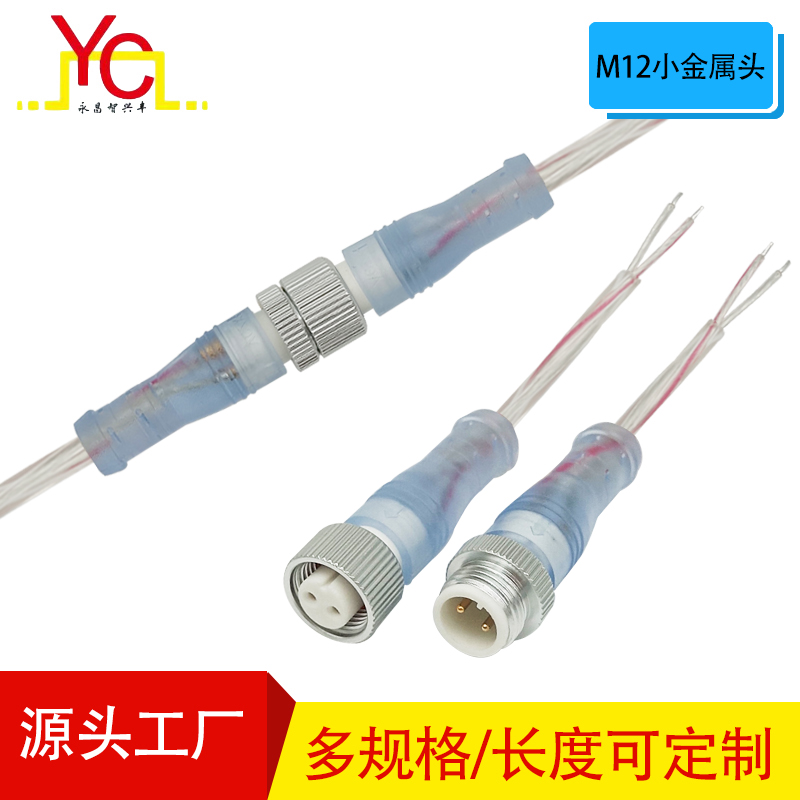News


News

Application of industrial waterproof connectors in outdoor and harsh environments
Release time:2024-10-26
viewed:394
In the modern industrial field, waterproof connectors, as key components, play a vital role in outdoor and harsh environments. Especially in the fields of wind energy, solar energy, rail transportation and marine engineering, waterproof connectors not only ensure the stable operation of equipment, but also improve the overall reliability of the system.

As an important part of renewable energy, wind energy has developed rapidly in recent years. Wind turbines are usually installed in remote areas with harsh climatic conditions, such as mountains, deserts and coastal areas, so waterproof connectors are particularly important in these environments.
Application case: A large number of sensors and controllers are installed inside the tower and on the blades of wind turbines to monitor parameters such as wind speed, wind direction, generator temperature and vibration. These sensors and controllers are connected to the control room of the tower base through waterproof connectors to ensure real-time data transmission and remote control of equipment.
Performance requirements:
1. Waterproof level: Since wind turbines are often exposed to wind and rain, waterproof connectors need to reach IP67 or higher waterproof level to ensure that they can still work normally under extreme weather conditions.
2. Temperature range: Wind turbines generate a lot of heat when running, and extreme weather conditions may also cause sudden temperature changes. Therefore, waterproof connectors need to be able to work properly in a temperature range of -40℃ to +85℃.
3. Impact resistance: Under strong wind conditions, the blades and towers of wind turbines may be subjected to huge impact forces. Waterproof connectors need to have sufficient strength and toughness to withstand these impact forces without damage.
Solar power generation systems are usually installed in outdoor environments such as roofs, deserts and hillsides, which also place high demands on waterproof connectors.
Application case: Solar photovoltaic panels are connected to inverters via cables to convert solar energy into electrical energy. Waterproof connectors are usually used for the connection between these cables and between cables and inverters. In addition, in solar water heating systems, waterproof connectors are also required for the pipe connection between collectors and water tanks.
Performance requirements:
4. Waterproof level: Solar power generation systems are usually installed in open-air environments and are susceptible to erosion by rain and snow. Therefore, waterproof connectors need to reach IP68 or higher waterproof levels to ensure that they can still work properly under long-term immersion.
5. UV resistance: Solar photovoltaic panels are usually installed in places with direct sunlight, and long-term exposure to strong ultraviolet rays will cause material aging. Waterproof connectors need to use UV-resistant materials to ensure that they will not fail due to aging during long-term use.
6. Salt spray corrosion resistance: Solar power generation systems installed in coastal areas also need to be resistant to salt spray corrosion. Waterproof connectors need to use stainless steel or specially treated materials to prevent salt spray from corroding the connectors.

As an important part of urban transportation, the rail transit system has extremely high requirements for safety and reliability. The application of waterproof connectors in rail transit systems is mainly concentrated in signal transmission and power supply between vehicles and tracks.
Application case: In subways and trams, signal transmission between vehicles and tracks is usually wireless, but power supply is achieved through power supply cables beside the tracks and pantographs on vehicles. Waterproof connectors are required for the connection between these cables and between cables and pantographs. In addition, inside the vehicle, waterproof connectors are also required for the connection of various sensors and controllers.
Performance requirements:
1. Waterproof level: Rail transit systems are usually installed in outdoor environments and are susceptible to erosion by rain and snow. Waterproof connectors need to reach IP67 or higher waterproof levels to ensure that they can still work normally under severe weather conditions.
2. Vibration resistance: Rail transit vehicles will generate strong vibration and impact during operation. Waterproof connectors need to have sufficient vibration resistance to prevent loose or damaged connections caused by vibration.
3. Electromagnetic compatibility: There are a large number of electromagnetic interference sources in rail transit systems, such as motors, transformers, and switchgear. Waterproof connectors need to have good electromagnetic compatibility to ensure that they can still work normally under electromagnetic interference.

The requirements for waterproof connectors in the field of marine engineering are the most stringent, because the marine environment is not only humid and highly corrosive to salt spray, but also has problems such as wave impact and marine biological attachment.
Application case: In offshore oil drilling platforms and offshore wind farms, waterproof connectors are required for the connection of various sensors, controllers, and power equipment. In addition, waterproof connectors are also required to achieve connection and branching between cables during the laying of submarine cables and optical cables.
Performance requirements:
1. Waterproof level: The field of marine engineering has extremely high requirements for the waterproof level of waterproof connectors, usually requiring IP68 or higher standards. This is because seawater is extremely permeable and corrosive. Once water enters the connector, it will cause equipment damage and even cause safety accidents.
2. Salt spray corrosion resistance: Salt spray in the marine environment is extremely corrosive to waterproof connectors. Connectors need to be made of corrosion-resistant materials such as stainless steel or titanium alloy, and undergo special anti-corrosion treatment to ensure that they will not fail due to corrosion during long-term use.
3. Anti-marine biological attachment: Marine organisms such as seaweed and shellfish are easily attached to the surface and interface of the connector, causing the connector to fail to work properly. Therefore, waterproof connectors need to use special anti-attachment materials and coatings to prevent the attachment of marine organisms.
4. High-voltage and high-temperature tolerance: In offshore oil drilling platforms and offshore wind farms, the voltage and temperature of power equipment are usually high. Waterproof connectors need to be able to withstand the impact of high voltage and high temperature to ensure the stability and safety of power transmission.
Industrial waterproof connectors play a vital role in outdoor and harsh environments such as wind power, solar energy, rail transportation and marine engineering. These applications place extremely high demands on the performance of waterproof connectors, including waterproof grade, temperature resistance, impact resistance, UV resistance, salt spray corrosion resistance, vibration resistance, electromagnetic compatibility and resistance to marine biological attachment. In order to meet these requirements, manufacturers of waterproof connectors need to continuously innovate and improve product design and manufacturing processes to ensure that the products can still work normally and perform at their best in harsh environments.